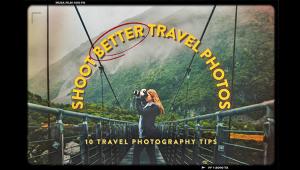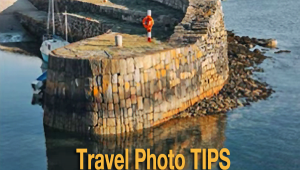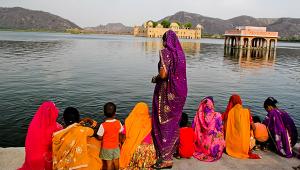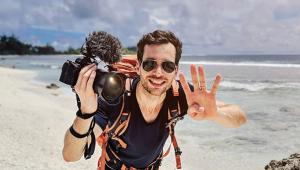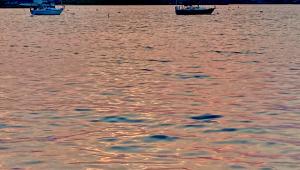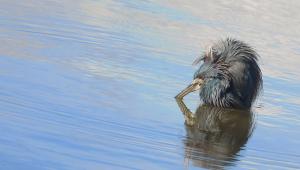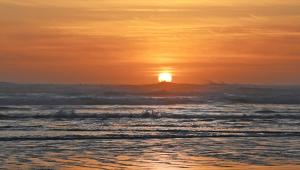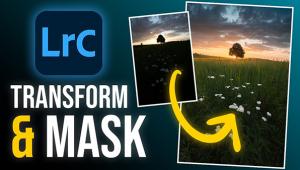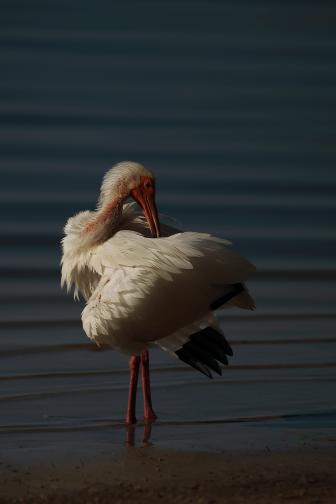On The Road: Ethiopian Journey: Adapting When Stuff Happens
For almost a year I planned for the 22-day trip I took this past January to photograph among the indigenous people of Ethiopia. I did a lot of research so I’d know what to expect and how to deal with everything from the customs of the country to the weather and the traveling conditions. Also, I’d have a driver and a guide, and along the way I’d pick up local guides who’d know the ins and outs of specific villages, tribes, and dialects.

All Photos © Maynard Switzer
But all the time I knew that there would be events and conditions and just plain stuff that would take me by surprise.
Like the dust. Oh, I knew that in the hot, dry climate of Ethiopia’s Omo Valley, where most days the temperature ranged between 95 and 105, it’d be dusty, but my research didn’t prepare me for just how dusty it would be. To protect my cameras and lenses took constant awareness, plus reliance on the Think Tank lens pouches and Ziploc bags I’d brought along. When I wasn’t using a camera body, it was inside a quart-capacity Ziploc; and my lenses, along with my flash, were inside the lens pouches on a belt around my waist.
Since most of my lenses were primes, there was a lot of switching going on. I’d turn the camera off and make the change as quickly as I could, shielding both camera and lens with my body as best I could. At the end of every day I’d check and clean the camera using a lighted magnifier and specialty brushes from an outfit called VisibleDust; they have a cool brush tool called the Arctic Butterfly that wipes the sensor and then spins the dust off its bristles.

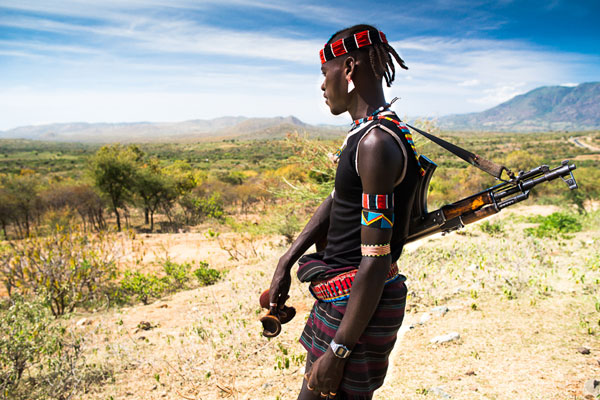
The first part of the trip took me to the Tigray area of northern Ethiopia, where I climbed to rock-hewn churches some 8500 feet up in the mountains. I’d prepared by making the last month of my regular workouts at the gym particularly strenuous.
The rest of the trip was spent in the south—with the dust, the heat, and lots of folks who carried AK-47s and wanted money. Which isn’t as sinister as it sounds. The guns were due to tribal conflicts, and the money the people wanted was the price of permission to take pictures. Though the Omo Valley isn’t what you’d call a major tourist attraction, locals know that the people who do show up are pretty serious about their photography, and so the savvy residents make the most of the situation.
I don’t like to pay for photographs. In fact, I won’t do it unless the photographs are especially important to me, and the ones I wanted to take in the Omo Valley were that important. I knew that Ethiopia’s tribal people were fast disappearing as the government took over their land, and I knew from my research that if I wanted to document them, their way of life and their culture, I’d have to pay for images. The price was usually 10 birr per person. Since one Ethiopian birr is about 5 cents in US currency, it was not much of a financial issue, and some of the tribes weren’t as aggressive about collecting payments. At one point I was in a cattle market taking photos and no one seemed concerned at all.



The big problem was the loss of spontaneity, of not being able to capture very many images of people doing what they naturally do. So when I had to pay, I tried to get the kinds of pictures I prefer: people doing natural, everyday things. I like to photograph people walking; or negotiating at a local market; or taking part in a celebration or ceremony. I would always try to make the people understand that I wanted to photograph them as they lived their lives.
Sometimes it worked—I’d pay and they would relax and go about what they were doing. Other times, after a few clicks, they’d want more money. It was as if they were counting the clicks of the camera. And sometimes I just had to walk away. If I ran into someone with a “take your photos and let’s get it over with” attitude, I’d leave. Overall, I didn’t get a lot of the types of photos that I’d normally expect to get, but I still managed to get some great images that document a disappearing way of life.
My advice for other photographers is to always research an area before you go so you’ll know if you’re going to run into a pay-for-pictures situation. That’s especially important if documentary images are what you’re after. For me, in Ethiopia, the chance to capture such documentary images was enough to overcome my dislike of having to pay for photographs.
While I was prepared for the payments, there was one thing about them that was a complete out-of-left-field surprise, and it added a bit of offbeat humor to the situation. I learned that the payments had to be made in new bills. No one would accept bills that were worn, torn, wrinkled, or dirty. I walked around with packets of new, crisp bills, looking like someone who’d just robbed a bank.

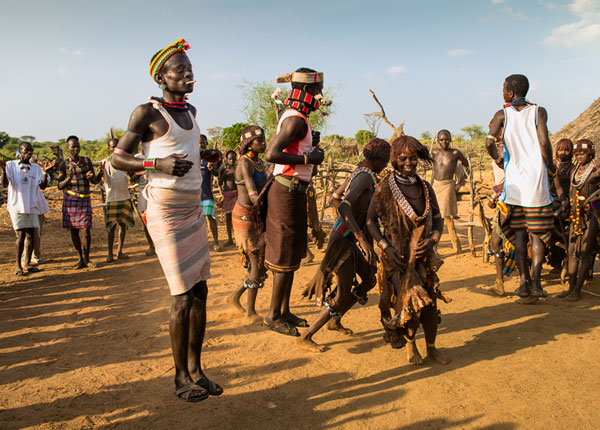
No matter how much research you do, and how prepared you think you are, there’s always going to be some on-the-scene education.
Maynard Switzer’s website, www.maynardswitzer.com, features several portfolios of his travel images.

